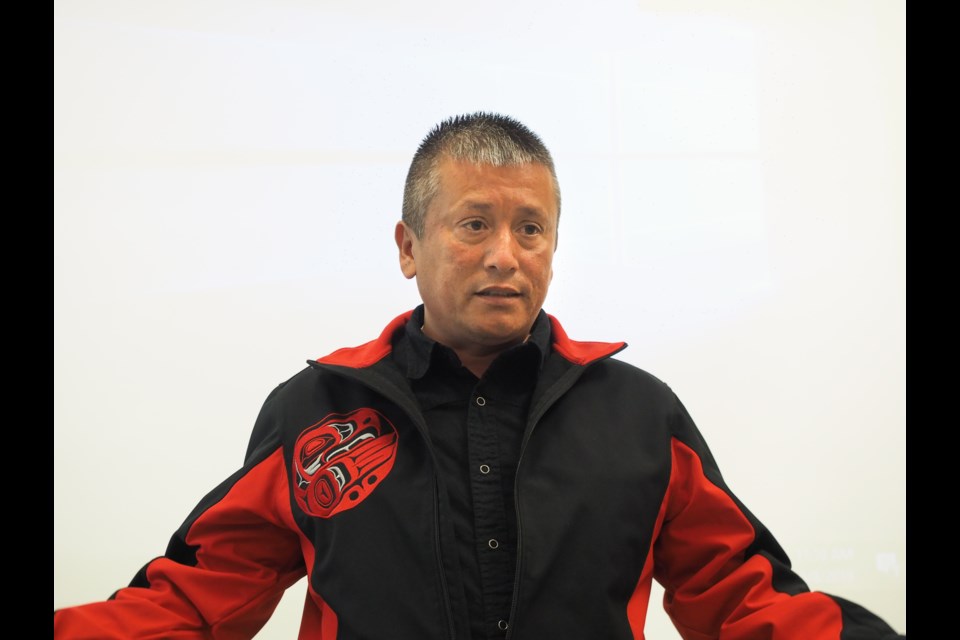A group of residents from the Tri-Cities gathered in a humble classroom at Coquitlam’s Douglas College Saturday to join the ranks of over 200 other town halls across Canada fleshing out the country’s Green New Deal.
Backed by over 80 organizations and more than 53,000 individuals, the made-in-Canada pact outlines a sweeping progressive agenda looking to transition into a green economy and, in the process, produce a million new jobs.
“Often in the environmental movement, we look to personal choice: drive an electric car, eat within a hundred-mile diet,” Port Moody Coun. Amy Lubik told the group. “But those kinds of choices aren’t available for those living paycheque to paycheque.”
First put forward as a progressive economic stimulus package by U.S. Rep. Alexandria Ocasio-Cortez and Sen. Ed Markey, the Canadian version of the Green New Deal has taken on a more grassroots following, gaining traction in classrooms and community centres rather than traditional halls of power.
In what’s described as phase one of the plan, participants started the day listening to a representative from Iron and Earth, an organization helping to transition oil workers and Indigenous people into well-paying jobs in the renewable energy sector. Next they broke off into groups, outlining their own red lines (deal breakers) and green lines (solutions).
Town halls like the one in Coquitlam have been held in communities all over Canada since the end of May, and are planned to last until the end of June.
As the meetings wrap up, everything is fed into a national database from which a collective vision will guide a Green New Deal in Canada, just in time to put pressure on political hopefuls in the October federal election.
“Realizing we’re in an emergency, we’re trying to bring in as many new voices as possible,” said Taz Khandwani, one of the community organizers who helped plan the Coquitlam town hall meeting.
From a lack of affordable housing to precarious work to the local fallout from climate change, Khandwani likens the moment we’re in to the Second World War.
“The last time we were in an emergency like this, we were able to completely transform the way our society works,” he said.
Looking at today’s crisis, Khandwani points to cutting Canada’s emissions in half over the next 11 years, one of the major tenants around which the Green New Deal will build. Khandwani, like all signatories to the Green New Deal, has also pledged to uphold science and help build communities where no one is left behind.
“Sometimes it’s people leaving small islands. But we also have internal displacement here in Canada from wildfires,” said Coun. Lubik, adding that a rising sense of loneliness threatens communities as much as rising seas.
“One of the best buffers are communities who know each other,” she said. “The little lady down the street that can’t get away if there’s a forest fire or flooding… It’s one of the biggest challenges but also one in which I’m most hopeful.”
But for some, Kwikwetlem councillor George Chaffee reminded those gathered, the most unsavoury path is often the only practical way forward.
Two years ago, Chaffee was one of the first Indigenous leaders to take on an oversight role along the Trans Mountain pipeline.
“We don’t like the project. My people don’t want it to go through. So my elders said, you need to go in there and make sure they do it right,” said Chaffee, adding that along the way he was put down and called a traitor.
“We can’t stop development,” he said. “But at least we can make sure that if you do come through our territory, we’re watching over.”



